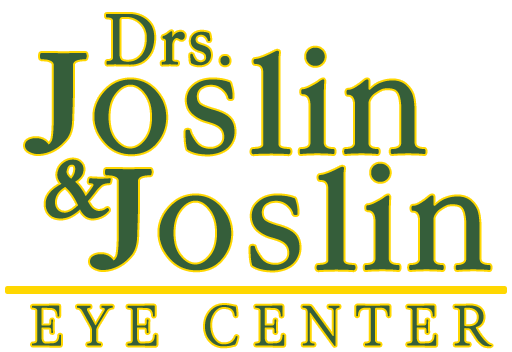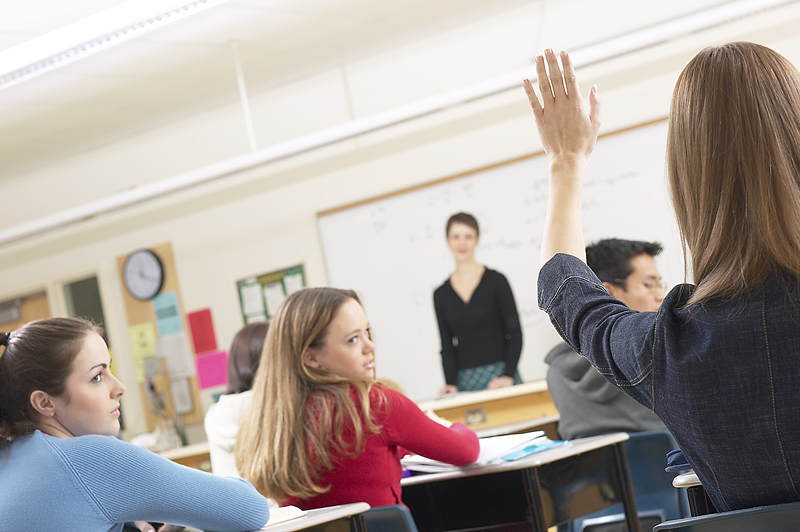Early eye examinations are crucial to make sure children have normal, healthy vision so they can perform better at schoolwork or play.
Students may give up on their classwork rather than admit they can’t see what their teacher is writing on the board. This seemingly simple issue can become a significant barrier to learning and may contribute to further problems, being labeled as a bad student and possibly leading to school dropout.
Studies have shown that children who are in correctional facilities have a 30 higher rate of need of vision correction. Is there a possibility that some of these children may have been in challenging vision situations in school and just had difficulties learning due to their vision needs?
Early eye examinations are crucial to make sure children have normal, healthy vision so they can perform better at schoolwork or play. According to the American Optometric Association (AOA), infants should have their first comprehensive eye exam at 6 months of age. Children then should have additional eye exams at age 3, and just before they enter the first grade — at about age 5 or 6.
For school-aged children, the AOA recommends an eye exam every two years if no vision correction is required. Children who need eyeglasses or contact lenses should be examined annually or as recommended by their optometrist.
Signs to watch for that your child may be experiencing vision issues:
- Constantly sitting too close to TV or holding a book too close
- Frequent eye rubbing
- Loosing place while reading or using their finger to guide them
- Sensitivity to light or excessive tearing
- Closing one eye to read or watch TV
- Receiving lower grades than usual
- Squinting or tilting their head to see in the distance

